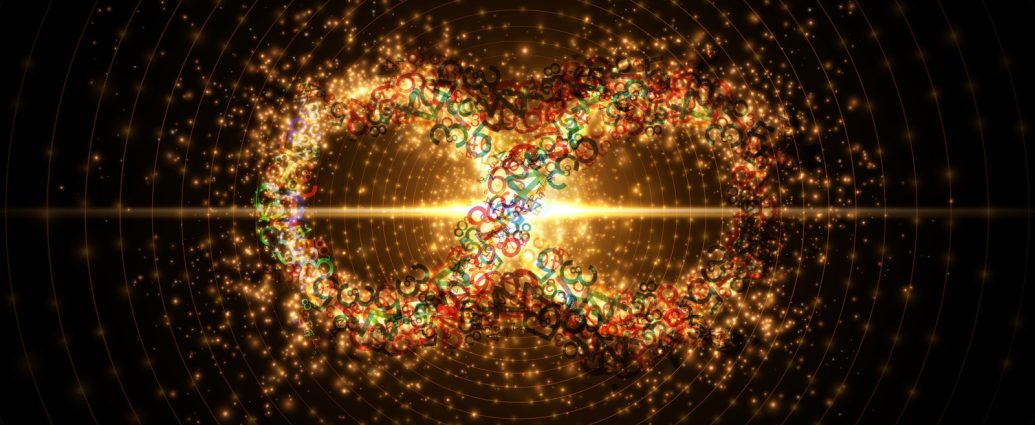Mathematics professor Manil Suri’s new book, The Big Bang of Numbers: How to Build the Universe Using Only Maths, is a non-fiction work. But if parts of it seem like a novel, that’s because there is indeed a story there. Suri’s previous books have been works of fiction. The Death of Vishnu; The Age of Shiva; and The City of Devi — tales about family, obsession, love, Partition and nuclear apocalypse — have been translated into 27 languages and received international acclaim.
Naturally, he thought this one would be a novel too. He wrote it out, developing numbers as characters. “There was a Zero, an Uno, X and Y,” says Suri, 63, speaking from his home in Maryland. “And all of mathematics was developed as a result of their play, their fights, their jealousies, things like that.” Controlling it all was a mysterious Godfather of Numbers, who was revealed to be Infinity.
In its non-fiction avatar, Suri says, the story remains. It’s just shorter and easier to read. He takes a step back from the Big Bang that created the cosmos, and looks at what came before: mathematics. Not merely the calculations and correct answers, but the larger principles that govern numbers. Here are some of them.
Math is about ideas. “In the US especially, they keep using this phrase, ‘Do the math’ when they’re discussing elections, percentages, how much money is owed and so on,” Suri says. “What they mean is, ‘Do the arithmetic’. Arithmetic is essential but just a small part of mathematics.” What lies beyond is the study of patterns: The way multiplication tables work, how trees branch out in the same manner as the air vessels in our lungs do. Math is a way for us to make sense of how structures divide and repeat. How galaxies spiral and how the same spirals show up in seashells. “Once you’re not obsessed with finding the right answer, you can ask larger questions, make larger connections,” Suri says.
Math is bigger than the universe. “This goes back to the Greek philosopher Plato, who believed that all mathematics resided in a place outside our visible universe, and was thus, in a way, alive,” Suri says. Math exists regardless and outside of our experience of it, Suri says. And here’s where it gets interesting. Because this means math existed in the nothingness that predated the Big Bang. “How do you represent nothing? With zero,” Suri says.
“Mathematicians view everything as a set, a collection of objects such as the words in a book, the people in a room. If the room is empty, you get an empty set.” But think about it mathematically and the set is no longer empty, there’s one element: 0.
Turn that into a subset by creating a set around it, and you get to 1. “And once you have 1, you can form its successor… Keep this process going and you get 1, then 2 and 3, and pretty much soon, it’s like a chain reaction that has set off an explosion. This is what I call the Big Bang of Numbers.”
Math sits at odds with Nature. Think of nature as the great disruptor. Where math envisions straight lines, perfect circles, absolute symmetry, none of those exist in the natural world. “It’s almost like nature is a little jealous of mathematics,” Suri says. “She tries to put her own stamp on things, bringing in unpredictability, making a mistake on purpose to show that a separate creator was involved.”
Math is agnostic. Suri’s book suggests that math has no religious value. It answers no fundamental questions for humanity. “Math is often called the Queen of Sciences,” Suri says. “But it’s a humble queen, one who works behind the scenes to help the other sciences develop.” We use math to calculate atoms, measure light years, create chemical formulae, decode the human genome, study earthquakes. “It does ask one fundamental question: Were we created by a Supreme Being or a random occurrence? Maybe, like Plato’s math, the universe was always there. But it’s also possible that it was created from nothing.” Either way, that’s not a question that math can answer.
Math contains an infinity of infinities. This idea was developed by the German mathematician Georg Cantor in the late 1800s and governs how we approach set theory. “If you start counting 0, 1, 2, 3 and so on, you know you’ll go on to infinity,” Suri says. Cantor worked out that, in the same way, between 0 and 1 lie an infinite number of points or instants. “So you end up with a higher infinity of instance between numbers than from 0 to infinity. I think it shows that mathematics itself is endless.”
This is a concept that non-mathematicians grapple with. “Someone I was once dating told me that they knew all the mathematics in the world,” Suri says. “I was very confused. No one can possibly know it all, because there are always more infinities, more questions. It keeps creating new problems. That’s what’s so interesting about it. Needless to say, we didn’t date for long.”
Math can only do so much. Suri says he spent a lot of time thinking about the idea of empty space while writing his book. Even religious myths don’t seek to explain who created the empty space that the universe now occupies. “Mathematicians have to ask, ‘How do you get empty space?’” he says. Some problems, however, don’t need more math. Suri says he also dwells, just like everyone else, on the climate crisis and the future. “We can come up with endless formulas, but if we don’t act on them, math alone is not going to save us.”
Enjoy unlimited digital access with HT Premium
Subscribe Now to continue reading

